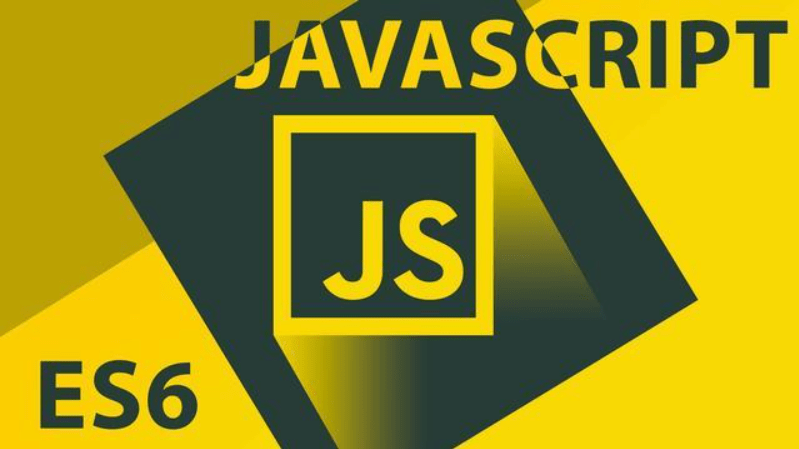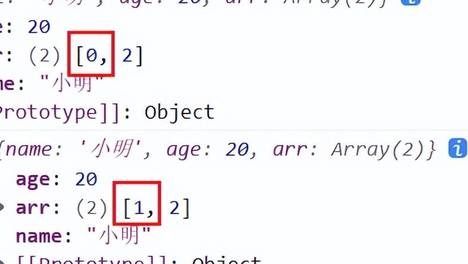TypeScript是一种强类型的编程语言,它通过接口(Interfaces)和类(Classes)等特性来增强JAVAScript的类型系统。接口和类的结合可以用于实现复杂的类型定义、模块化开发和代码复用。本文将深入探讨TypeScript中接口与类的高级用法,同时结合实际项目场景,演示如何应用这些特性来提升代码质量和可维护性。
TypeScript中的接口可以继承其他接口,从而实现接口的复用和扩展。
typescript复制代码interface Shape {
color: string;
}
interface Square extends Shape {
sideLength: number;
}
在上述代码中,Square接口继承了Shape接口,从而拥有了color属性。
类可以实现一个或多个接口,通过implements关键字来实现接口中定义的属性和方法。
typescript复制代码interface Printable {
print(): void;
}
class Book implements Printable {
print() {
console.log('Printing book...');
}
}
在上述代码中,Book类实现了Printable接口中的print方法。
抽象类是一种不能直接实例化的类,用于作为其他类的基类。它可以定义抽象属性和抽象方法,子类必须实现这些属性和方法。
typescript复制代码abstract class Animal {
abstract makeSound(): void;
}
class Dog extends Animal {
makeSound() {
console.log('Woof woof!');
}
}
在上述代码中,Animal是一个抽象类,Dog类继承了Animal并实现了makeSound方法。
假设我们正在开发一个博客平台的前端应用,其中包括多种类型的文章,需要对这些文章进行分类和展示。为了实现类型定义和代码复用,我们将结合这个场景,演示如何应用TypeScript中接口与类的高级用法。
步骤:
typescript复制代码interface Article {
title: string;
content: string;
}
class BlogPost implements Article {
constructor(public title: string, public content: string) {}
}
class NewsArticle implements Article {
constructor(public title: string, public content: string, public source: string) {}
}
typescript复制代码const myBlogPost = new BlogPost('Introduction to TypeScript', 'TypeScript is a...',);
const myNewsArticle = new NewsArticle('New Release Announcement', 'We are excited to announce...', 'Tech News DAIly');
console.log(myBlogPost);
console.log(myNewsArticle);
在使用接口与类的高级用法时,需要注意以下最佳实践:
TypeScript中的接口与类为开发者提供了强大的类型系统和面向对象的编程特性。通过本文的深入讨论和实例,读者可以更好地理解接口与类的高级用法,并在实际项目中应用这些特性来提升代码质量和可维护性。在TypeScript应用开发中,合理运用接口与类能够提高代码的可扩展性和重用性。
原文链接:
https://juejin.cn/post/7270398955732598803









